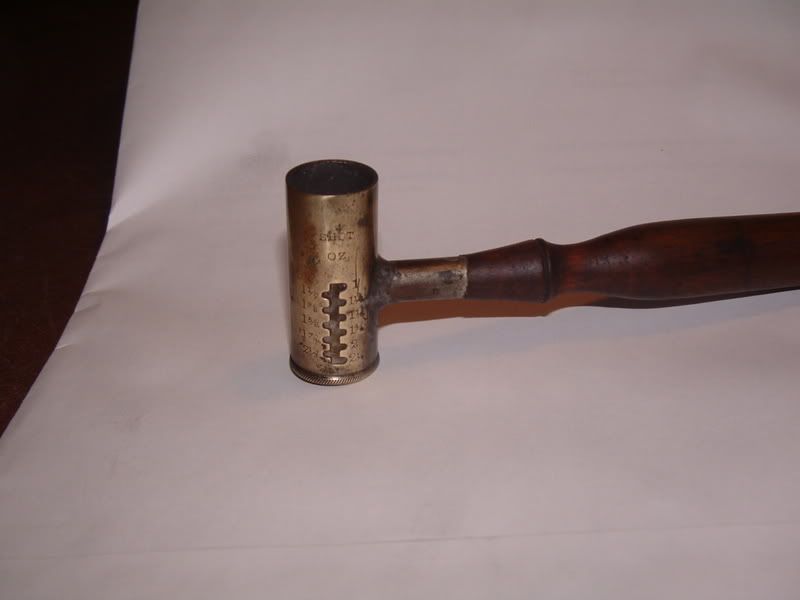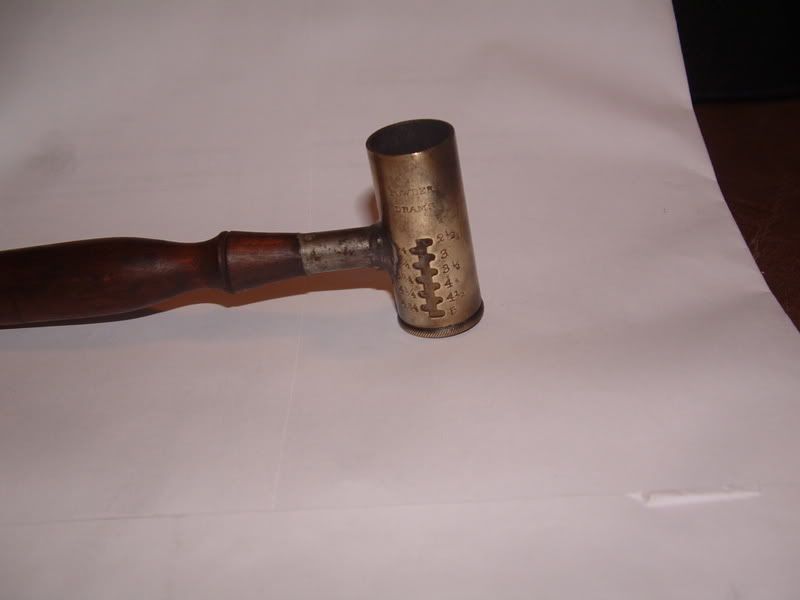Guest
scalper said:thats what I said...2F
But you said it as an assumption and RB was looking for something more definitive. RB, why the reduction of 10%?

scalper said:thats what I said...2F
That's what you THOUGHT :grin: I was looking for a reference sourcescalper said:thats what I said...2F
To maintain pressures in a similar range...I've just adopted the industry rule of thumb which says if substituting 3F in place of a 2F charge, reduce the 2F load data figure by 10-15% to account for the higher/faster pressure spike & pressure levels generated by the faster burning 3F.Cody said:scalper said:thats what I said...2F
But you said it as an assumption and RB was looking for something more definitive. RB, why the reduction of 10%?


scalper said:Roundball...yes! by golly...that is correct!
...but shucks...you all ready Knew it was 2F
But you just wanted documentation!!!!!
well....Lyman says so ( according to you)so now that we got this all figgered out I guess I wont have to call Einstein .... :hmm:
scalper said:COYOTE...that sure is alot to remember...
how do ya keep all that information straight when yer out shootin? do you take a calculator? :rotf:
I did flunk chemistry Twice at college...but I still know that we are talkin bout 2 f powder...
I am just a hillbilly in WV...
CoyoteJoe said::...Anyone who suggests there is some "industry standard rule-of-thumb" that can be applied here is creating a new "old-wives-tale" which clearly can not be supported by existing data..."
My argument is with the use of the term "industry standard", which infers some degree of credibility which does not exist.
If Mr. Roundball would like to call this "Roundball's rule of thumb" and if you choose to believe it as such then I would have no objection.
Enter your email address to join: